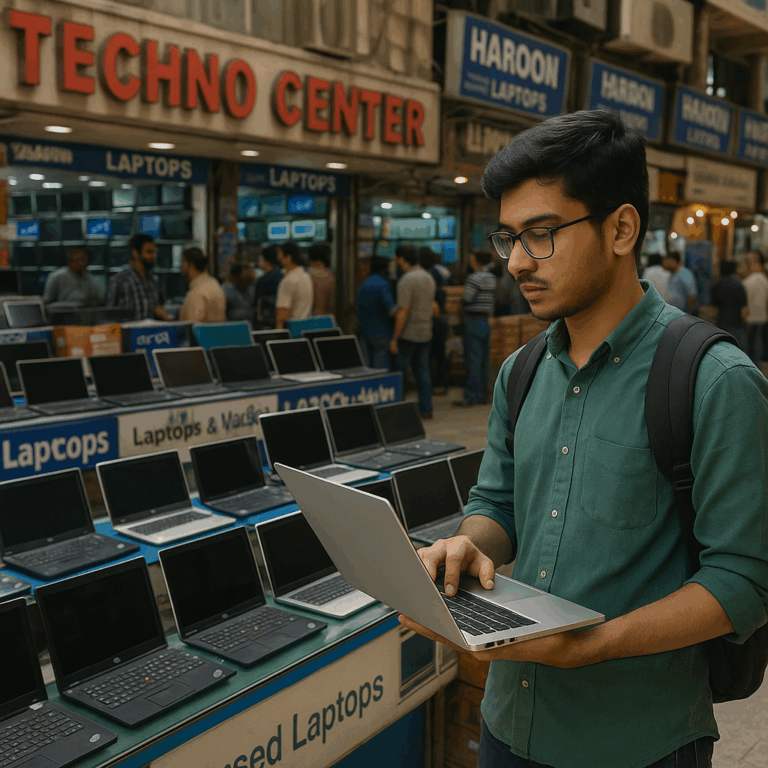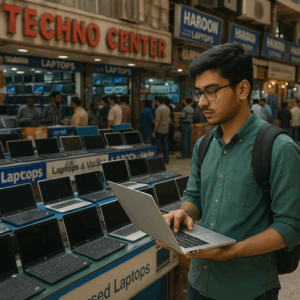The recent escalation between Iran and Israel has highlighted significant shortcomings in US diplomatic efforts to maintain regional stability. Despite its historical role as a key mediator in Middle Eastern conflicts, the United States has struggled to prevent the dangerous escalation between these two regional powers.
The Breakdown of Diplomatic Channels
The deterioration of US diplomatic influence can be traced to several critical decisions and missteps. The 2018 withdrawal from the Joint Comprehensive Plan of Action (JCPOA) marked a significant turning point, undermining years of diplomatic progress and trust-building measures. This decision created a diplomatic vacuum that contributed to increased regional tensions.
Mixed Messages and Strategic Confusion
The Biden administration’s approach has been marked by contradictory positions and unclear messaging. While publicly advocating for de-escalation, the US has simultaneously:
- Maintained strong military support for Israel
- Attempted to revive nuclear talks with Iran
- Sent conflicting signals about its role in regional security
This ambiguous stance has diminished American credibility as an honest broker in the conflict.
Failed Deterrence Strategy
The US deterrence strategy has proven ineffective in preventing escalation. Despite having:
- Advanced intelligence capabilities
- Significant military presence in the region
- Strong diplomatic relationships with regional allies
The administration failed to prevent both Iranian attacks and Israeli retaliation.
Impact on Regional Stability
The diplomatic failures have had far-reaching consequences:
- Increased risk of wider regional conflict
- Destabilized oil markets and global trade
- Strained relationships with regional allies
- Heightened tensions in the Persian Gulf
The Path Forward
To restore its diplomatic effectiveness, the US must:
- Develop a clear, consistent regional strategy
- Rebuild trust with both allies and adversaries
- Strengthen multilateral diplomatic channels
- Address underlying causes of regional instability
Conclusion
The current crisis demonstrates the limits of US influence in the Middle East and the need for a fundamental reassessment of American diplomatic strategy. Without significant changes in approach, the US risks further erosion of its ability to prevent and manage regional conflicts.
The situation serves as a stark reminder that military power alone cannot substitute for effective diplomacy and clear strategic vision in maintaining international peace and security.












